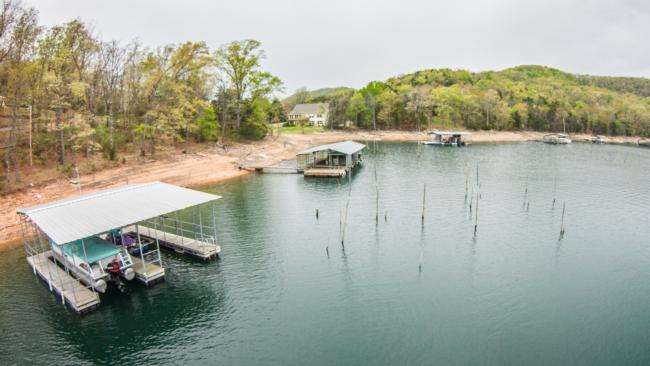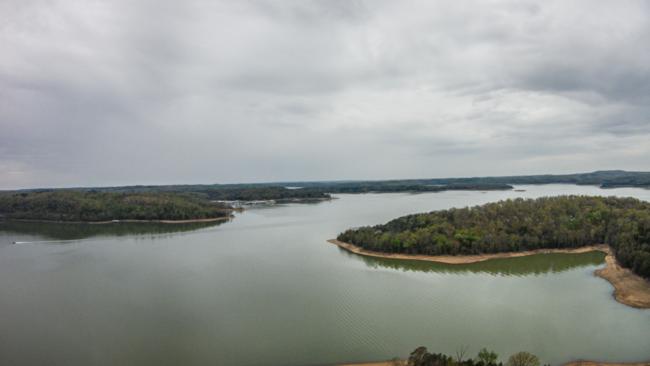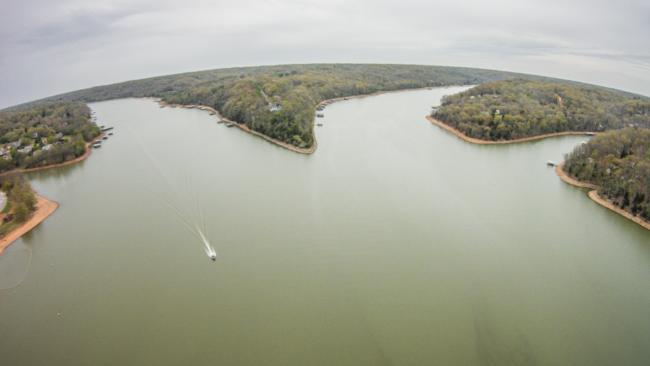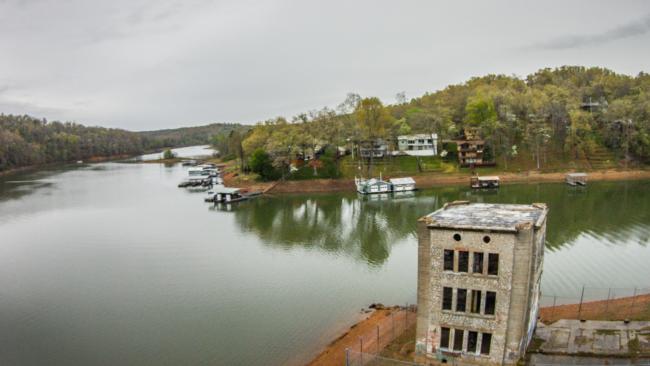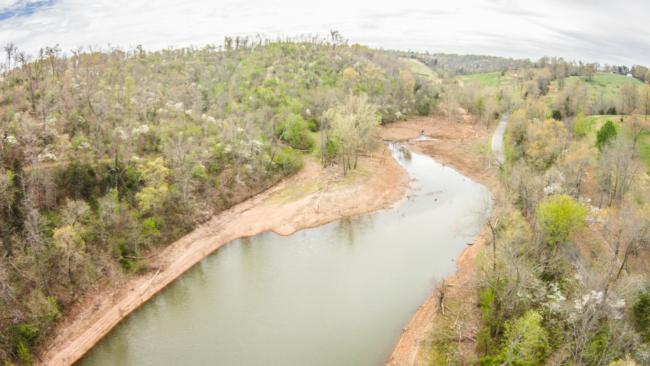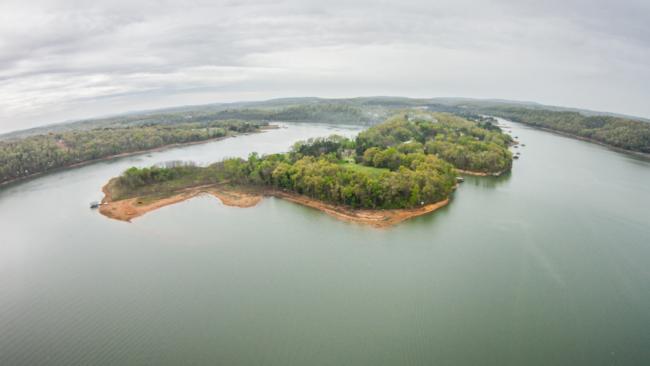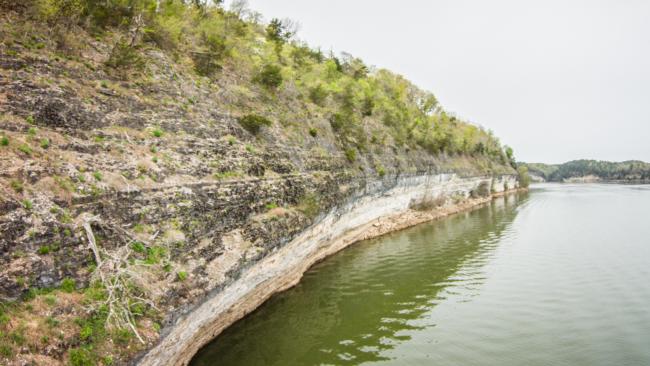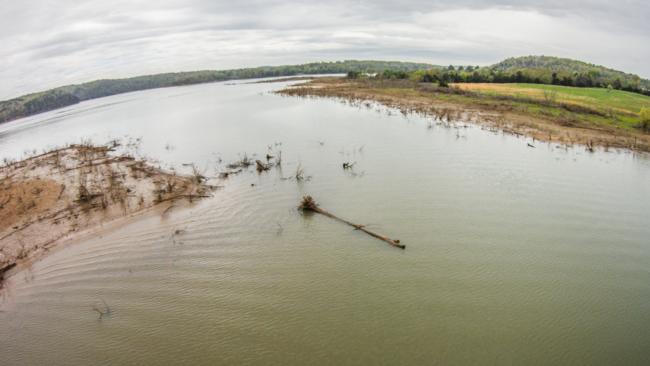Key Areas of Beaver Lake
What will be the winning spot on Beaver Lake this go-around?
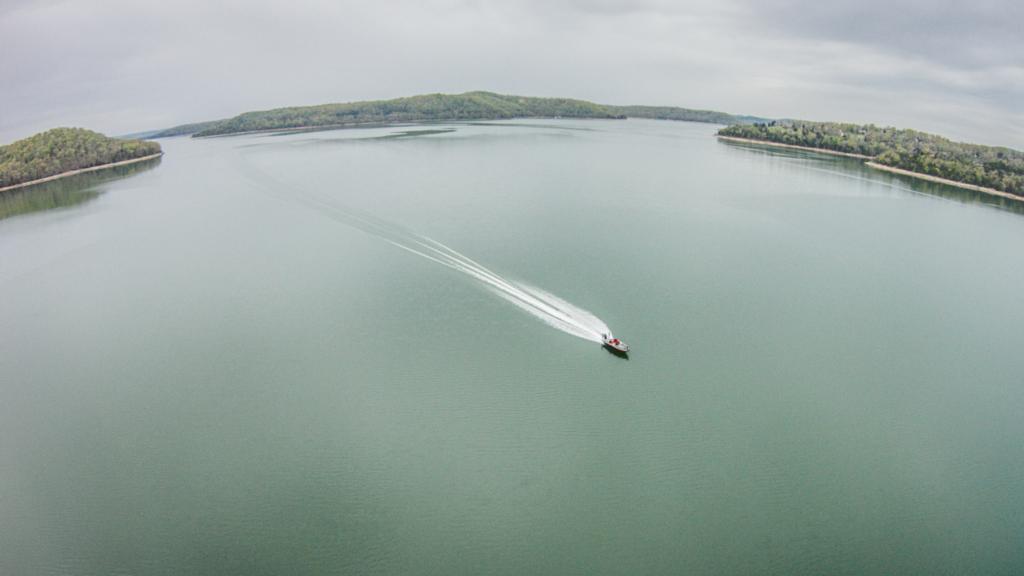
Updated April 24, 2017.
Over the years of the FLW Tour coming to Beaver Lake it has seemingly never been the same lake twice. Whether it has been high or low water, dirty or clear, the areas that produce top-10 finishes seem to be the only constant.
Here is a look at the areas that will receive a lot of attention from anglers searching for the winning bag.
Lower end/The Cliftys
Year over year, the area near the dam remains clearer than the rest of the lake. Traditionally this portion of Beaver is where many anglers have targeted the lake’s blossoming population of hefty smallmouth. While that may be the case this week, it will likely receive more attention from anglers looking for spawning fish – of all three bass species.
Big and Little Clifty are two other key areas on the lower end of the lake. These creeks offer prime staging areas for prespawn bass as well as good spawning areas towards the backs of them.
Rocky Branch
This mid-lake area proved vital to Bryan Thrift when he claimed the Beaver Lake title back in 2011 by fishing a mix of rock and deep cedar trees. The Rocky Branch area has a mix of main-lake points, islands and small spawning coves that offer diverse habitat for fish in all stages of the spawn. It also has some of the larger offshore flats and humps in the lake, and can be a good place to track down a smallmouth or two.
Prairie Creek
This area not only serves as the launch ramp for the Tour, but also numerous other local tournaments on Beaver – which is likely why it holds such an abundant population of bass. Almost every pro that has won on Beaver over the last few years (Matt Arey, Bryan Thrift and David Dudley just to name a few) has weighed in fish from Prairie Creek at some point throughout the event. It’s hard to even say how many top 10s have come from this creek either. The fact is fish live here and it’ll likely produce some other top finishers this week as well.
Monte Ne
One of the more historic places on Beaver Lake is the Monte Ne Branch located up the White River. Monte Ne was originally created to be a health resort back in the early 1900s, but was never financially successful. Once Beaver Lake was created the remains of the resort were flooded. One of the old hotel buildings and amphitheater can still be seen during normal lake levels. This area is also home to a pretty strong population of big largemouths. The docks, points and coves lining the creek provide a highway with resting places for bass to run in off the main river as they push back to spawn.
Backwaters of the White River
When War Eagle Creek branches off to the left, the White River arm of the lake continues on up. The river arm itself can hold plenty of fish, but the most heavily fished areas are the backwaters that jut off it. Hickory Creek is probably the largest and best known, but there are others that hold fish and can be a key stop running quite a ways up. In 2015, John Cox made use of one of the last backwaters on the lake for his top 10 finish, and Bryan Thrift lost one of the biggest fish in the tournament fishing in Hickory Creek. Though too much pressure on a backwater can doom it quickly, they can be great places to locate kicker fish.
It's also worth noting that the upper stretches of the lake, above Monte Ne, are the first to see an influx of new water. As a result, they can rise and get muddier more quickly than the rest of the lake.
War Eagle Creek
Way up the White River is where you’ll find the last big creek on the river – War Eagle Creek. This area has long been known as the dirtier water section of the lake and can offer up some kicker-sized largemouth. The back of the creek flattens out and features plenty of wood cover for fish to hold tight to, which Scott Canterbury utilized some last year en route to his first Tour title. The sharp bends of the creek also create shallow flats that can hold large concentrations of fish staging to spawn – much like the areas Jason Christie targeted for his win back in 2013. Bluff banks also line the outer edge of the creek which anglers target both spotted bass and largemouth.
